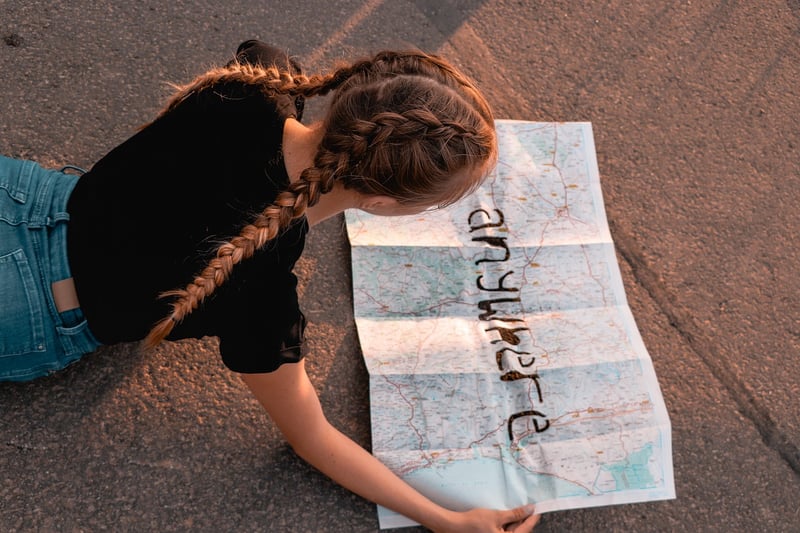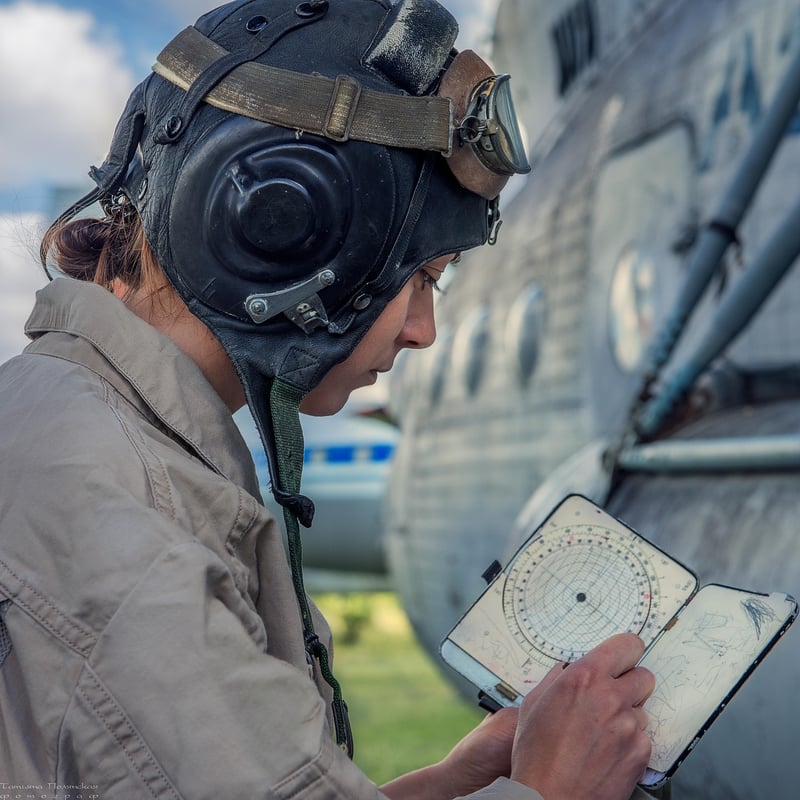Historical Navigators
The Legacy of Historical Navigators
Throughout history, brave individuals have embarked on daring journeys across uncharted waters, mapping the world and connecting distant lands. The legacy of historical navigators is a testament to human curiosity, courage, and the thirst for exploration.
Exploring the Unknown
From the Polynesian wayfinders who navigated the vast Pacific Ocean using only the stars and currents to European explorers like Christopher Columbus and Vasco da Gama, who sought new trade routes to the East, these navigators pushed the boundaries of what was known and possible.
Tools of the Trade
Historical navigators relied on a variety of tools to traverse the oceans, including astrolabes, compasses, and maps. These instruments, though rudimentary by today's standards, were essential for determining direction, latitude, and longitude, allowing sailors to venture into unknown territories with some degree of certainty.
Legacy and Impact
The discoveries made by historical navigators not only reshaped maps but also had far-reaching consequences for trade, culture, and the exchange of ideas. The Columbian Exchange, for example, transformed the global economy and led to the exchange of goods, plants, and diseases between the Old and New Worlds.
Remembering Their Achievements
Today, we honor the legacy of historical navigators by studying their voyages, preserving their artifacts, and celebrating their spirit of adventure. Their stories serve as an inspiration for future generations to continue exploring, learning, and pushing the boundaries of what is possible.
Discover More
If you're interested in learning more about historical navigators and their incredible journeys, check out these resources:

Embark on a journey through history and discover the incredible feats of historical navigators who shaped the world as we know it today.
